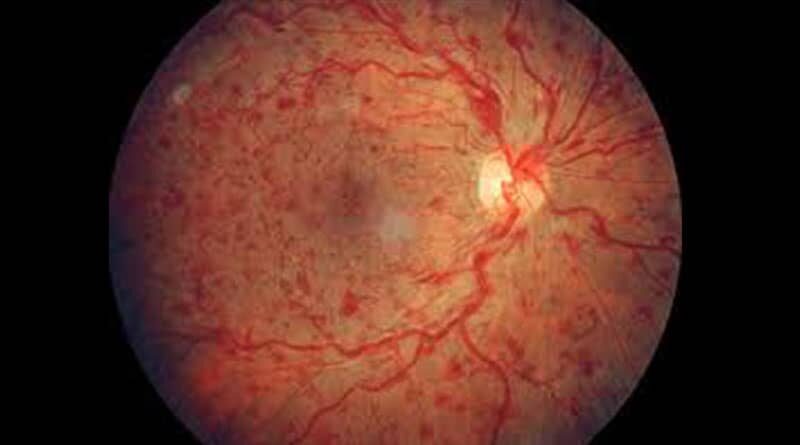Retinal Vein Occlusion: Symptoms, Treatment and Prevention
Retina, a sensitive layer of tissue at the back of the eyeball — transforms light into signals and sends it to the brain. Retina vein occlusion occurs when a nerve in the retina becomes blocked and causes blurriness or even blindness in the eye. This eye disorder is similar to retinal artery occlusion (also known as eye stroke).
The damage occurs when a vein is not able to circulate blood which in turn increases the pressure inside the eye. It can cause a fluid leak, swelling or bleeding. This eye problem can damage your eye only in a few minutes.
The pressure in the eye can cause swelling, fluid leaks and even bleeding. The blockage is due to the formation of a blood clot in the vein.
Blood vessels cross each other at the back of the eye. Hardening the artery — the opening is narrowed as it develops pressure on it. As a result, the blood flow is choppy and leads to blood clots.
Since diabetes, blood pressure and cholesterol are directly involved in controlling the flow of blood, people having these diseases are prone to RVO.
Table of Contents
What Increases the Risk of RVO:
- Older age
- Glaucoma
- Trauma to the eye
- Atherosclerosis (Hardened arteries)
- Overweight
- Leukemia
- Smoking
- Lymphoma patients
- Multiple myeloma patients
Symptoms
You may not always know that you have retinal vein occlusion. Almost always, it happens only in one eye. Some people, especially those with a blockage in smaller blood vessels — have no symptoms.
However, you may notice:
- Blurry or missing vision in part or the whole eye
- Dark spots or lines floating in your vision
- Pain and pressure in the eye
Consult a doctor immediately, If you have any of these symptoms.
Read: Common Health Issues
Diagnosis
Your eye specialist will inspect your eyes and take a closer look at your medical history. Eye drops will be used to dilate the pupils. An Ophthalmoscope is a tool used to examine the retina for symptoms of blockage or bleeding.
Your physician might also suggest you go through the procedure of fluorescein angiography. A dye is injected into the arm which goes into the blood and makes contact with the retina. Through this, the doctor can see if there are any fluid leaks.
Some eye specialists also suggest optical coherence tomography, an imaging technique through which low-coherence light catches micrometer-resolution.
Sometimes, you may also have to take need a test called optical coherence tomography. You may get drops to dilate your pupils and then a machine scans your eyes with light rays to make a detailed image of your retina.
Read: Why Do Your Eyes Hurt?
Treatment
The affected person may regain vision without going through proper treatment. However, this happens very rarely.
Many people regain vision, even without treatment. However, the vision rarely returns to normal. Your doctor may not completely cure RCO but, he will treat any complication that is associated with the disorder, so your vision is not affected further.
- To enhance your central vision and help you see better — anti-vascular endothelial growth factor drugs are used to build fluid in your retina. It also diminishes swelling. Or, your eye doctor may suggest steroid injections that are inserted after giving a pain-numbing drug. It does not involve any pain. However, there could be slight discomfort.
- Another way to eliminate this risk of complication is through focal laser therapy. Blood vessels in the retina are burned/sealed off through the laser to avoid leaking. It also doesn’t involve much discomfort.
- If your eyes grow a new blood vessel within it, your doctor will once again use laser surgery to put small burns on the retina which will prevent it from growing or leaking.
Prevention
In most cases, retinal vein occlusion occurs due to an underlying medical condition. So, the best way to prevent it from happening is by keeping a check on blood sugar, blood pressure, and cholesterol.
If you are a diabetic patient, it is essential that you get your eyes checked every year as diabetic patients are at a higher risk of getting serious eye diseases.
Also, if you take birth control pills, talk to your doctor about it because although on rare occasions, they have been a cause leading to retinal vein occlusion.




